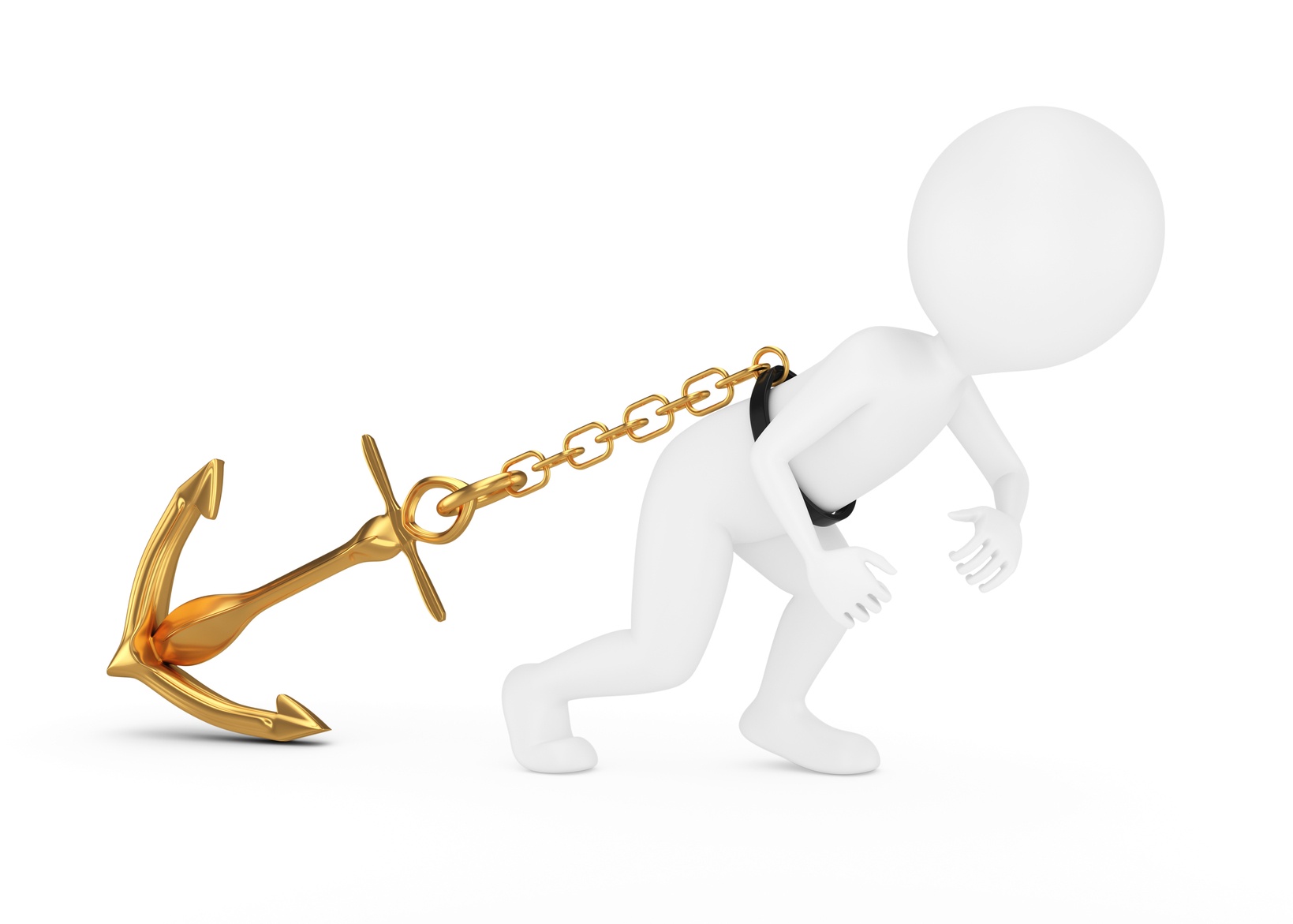In my experience of mentoring, coaching and teaching about leadership, one of the fundamental pieces of advice that I always include is, “Make sure you are not holding up the ship!” It’s easy for our organizations to bottleneck and get slowed down when vision, roles, responsibility and authority are not well communicated and owned.
My own personal experience (nightmare, really) might be one reason I always remember this one. On my LAST bus tour to a sporting event, 49 of us sat on the bus after the game waiting for one person that did not understand his role and responsibility to be on the bus 30 minutes after the final whistle. We had a driver, gas, a destination and 49 of us were ready to go—but one individual was holding us up.
I must say, when he walked on the bus, it must have been a long walk to the back with lots of cold stares and silence. Whether it was this miserable experience or the numerous times I realized I had personally held up the ship by not providing timely guidance or by not simply making sure the mission was clear to allow others to make timely decisions—I realized that this is quickly becoming one of the biggest challenges for organizations today. And I don’t see enough urgency to change the status quo. How can our ships catch new strong winds of opportunity if we are not aligned for fast decision making and innovation?
The speed of change and actual transformation of business is wreaking havoc on traditional organization structures that rely on hierarchy and status quo as a protected legacy. Traditional CPA firm structure and decision making can unwittingly be an obstacle to high performance, attracting talent and growing leaders quickly enough to replace baby boomers. Our current partner model leads to individual partners limiting change, clinging to control, intimidating the challengers of the status quo and slowing the flow of new ideas. Frankly, our most common key performance indicators and partner performance criteria too frequently lead to making short-term decisions. Conflict avoidance continues to be rampant in our profession and firms, yet we are blind to its pull which anchors us in treacherous waters.
By empowering our organizations, we are not saying, “just do what you want to do.” But the fear of anarchy causes us to cling to the status quo—the fear of a mistake causes us to deny young leaders faster growth than we experienced. Even the selfish justification that, “I paid my dues and they should too,” leads to holding up the ship because team members are not empowered to make a difference, express conflicting opinions, introduce new ways of working or to have an accelerated career path.
Regardless of the tone at the top of CPA firms or the belief by the C-Suite that this is not happening in our firms, the reality is that without very intentional processes and reinforcement, the way people are managed and the hierarchy of decision making has changed very little under the surface of the water.
If our goal is to be an enabler of action, an enabler of high performance and even an enabler of our firm’s growth, we need urgency and action in changing how we are working. Ask yourself these questions to help determine some of the challenges:
- Who are we and how can we clarify this for our team?
- What can we do to help each team member understand with clarity where we are going?
- How do we communicate to each team member their role and its importance?
- How do we communicate what success looks like for each team member?
- What new skills do we need to succeed? How do we train and develop our team for these skills?
- How do we improve our culture to ensure team members feel safe to voice their opinions and ideas?
- How do we change partner performance evaluations to provide for better decision making and empowerment of our teams?
The answers to these questions could help speed up our ships to capture new opportunities. Just make sure you are not the anchor. Are you holding the ship up in your organization?

